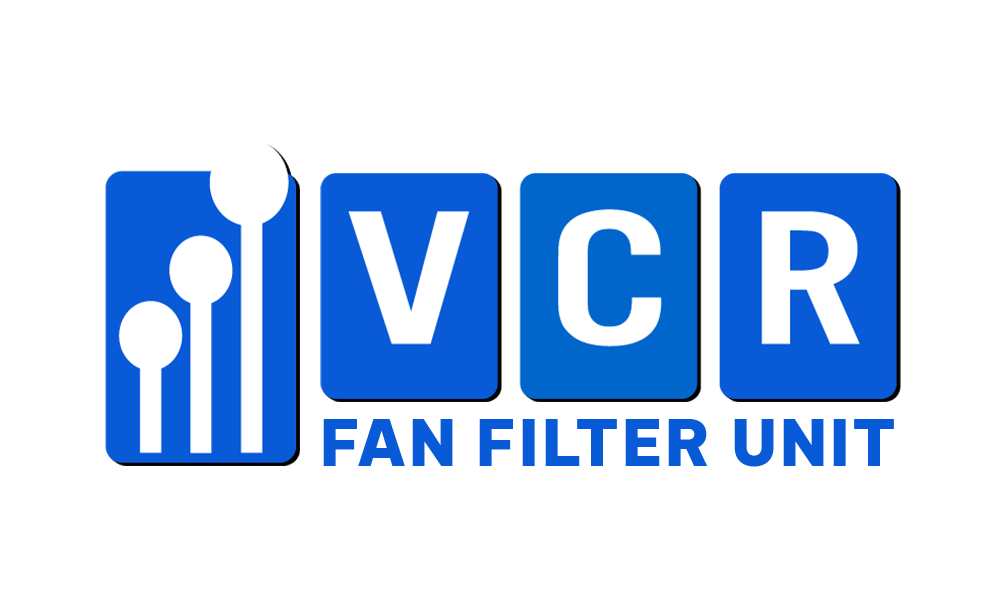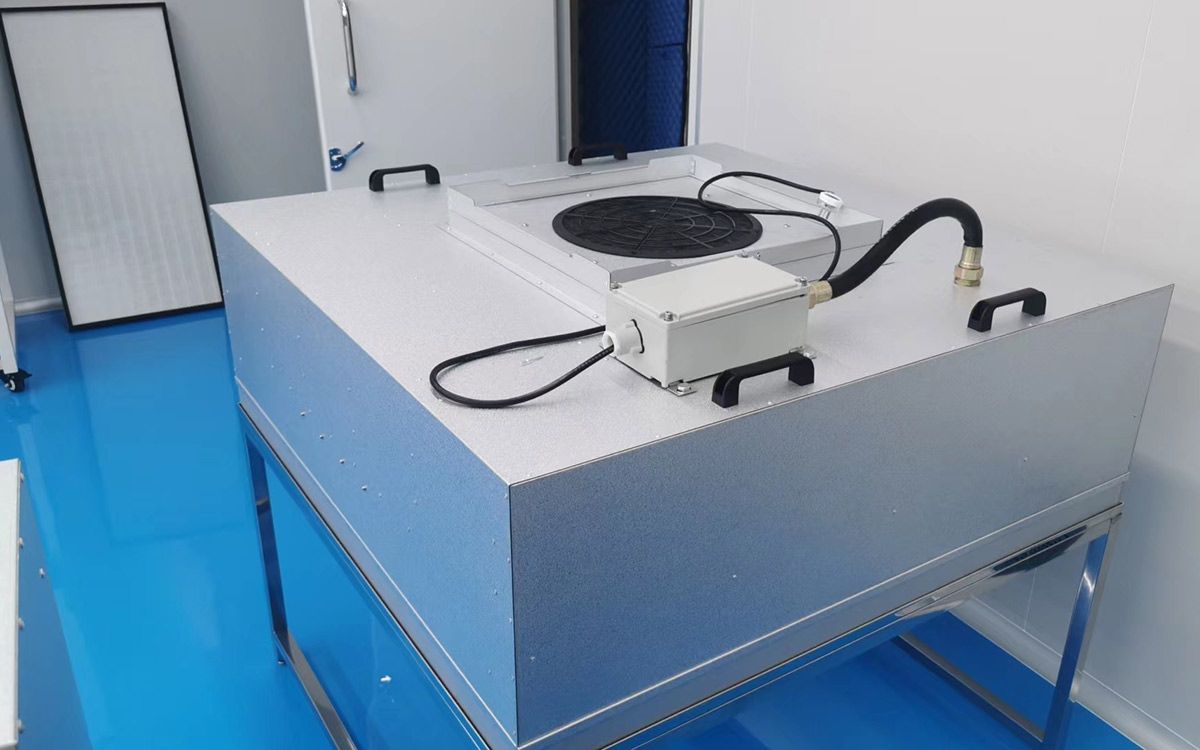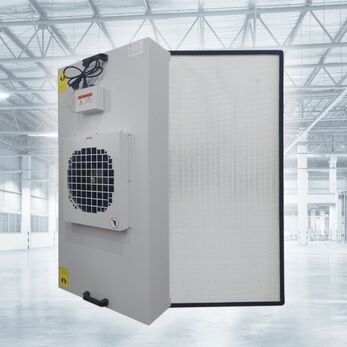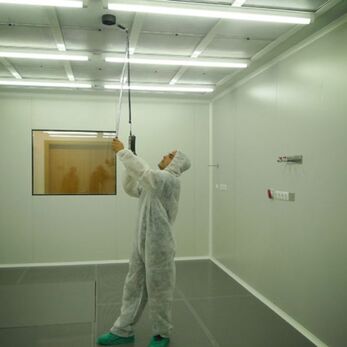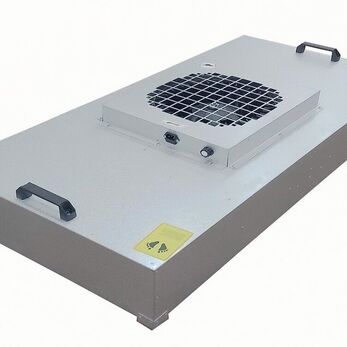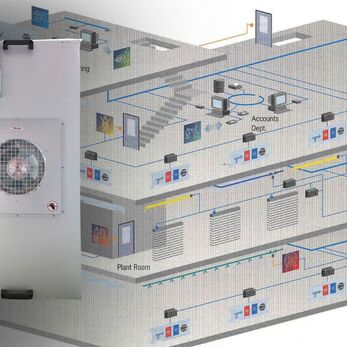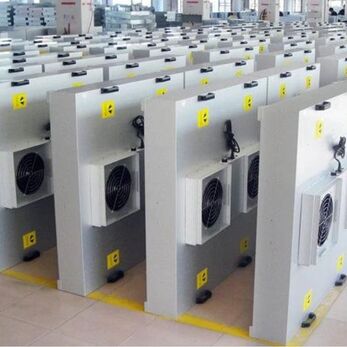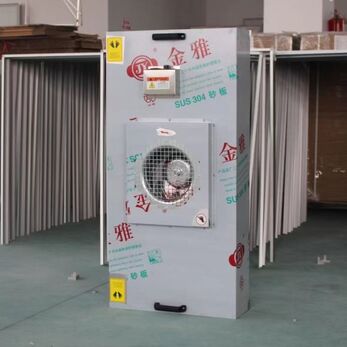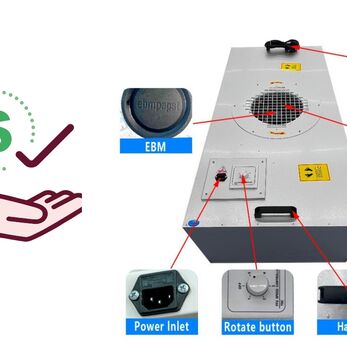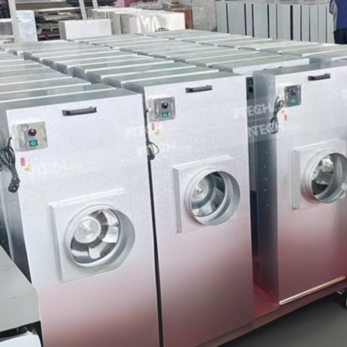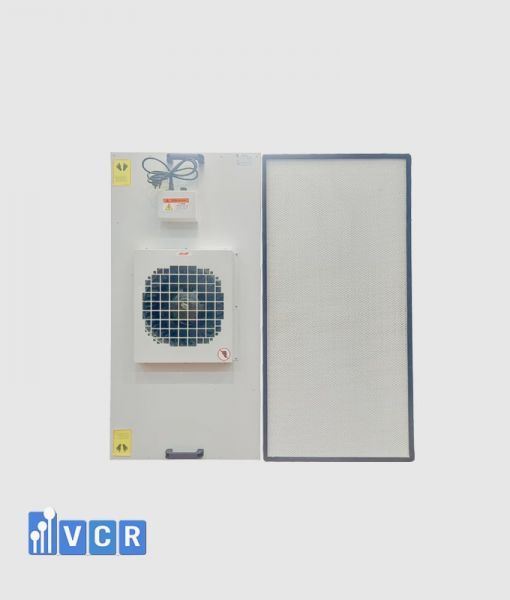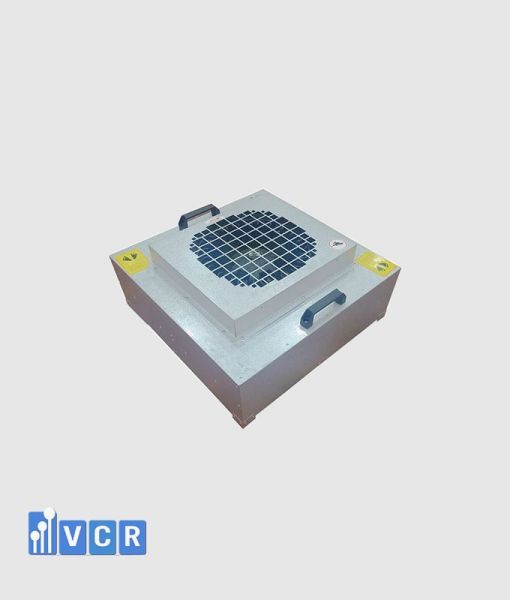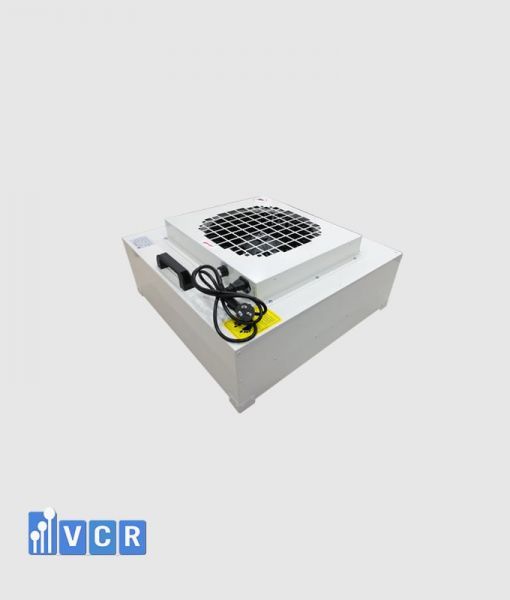Fan filter units (FFUs) have become ubiquitous in cleanrooms across various industries, but their journey to widespread adoption was paved with challenges.
This article delves into the history of FFUs, dissecting the initial hurdles and exploring their modern applications that solidify their position as cleanroom workhorses.
History of Fan Filter Unit
While the 1960s witnessed the introduction of FFUs in laminar flow chambers, large-scale adoption remained elusive until 1984. Three key factors hampered their acceptance:
1. Noise Pollution: Imagine the cacophony of 5000 fans operating simultaneously! In the early days, limited technology struggled to tame this noise, deterring many potential users.
2. Pressure Imbalance: Large static pressure rooms posed a significant challenge in ensuring balanced pressure across all FFUs, further complicating implementation.
3. Maintenance Concerns: The relatively high cost of FFUs, coupled with concerns about motor lifespan and replacement expenses, made them a less attractive option for some.

See more: What is FFU Cleanroom
Turning the Tide: Innovations Pave the Way
By 1984, a wave of advancements addressed these concerns, propelling FFU adoption:
1. Quieter Operations: Large-scale FFU production facilities managed to reduce noise levels below 65dB, meeting industrial standards and alleviating noise concerns.
2. Automated Control: The development of automated control systems facilitated precise monitoring and adjustment of static pressure in every corner of the room, overcoming the pressure imbalance hurdle.
3. Enhanced Motor Lifespan: Improvements in motor technology led to extended lifespans, reducing maintenance costs and anxieties.
See more: The Necessary of Fan Filter Units in Cleanroom
Modern Applications: Solving Space and Pressure Dilemmas
FFUs have transitioned from specialized tools to versatile solutions, addressing several key cleanroom challenges:
1. Limited Ceiling Space: In situations with demanding cleanliness requirements, traditional static pressure boxes on the ceiling can be bulky. FFUs, by dividing the ceiling into adjustable modules, provide flexibility and reduce the height needed for pressure balance. This is particularly valuable in projects with restricted floor heights.

2. Insufficient Static Pressure: When traditional air conditioning systems lack sufficient pressure due to air supply resistance, FFUs, with their built-in power, can effectively overcome this limitation.
3. Air Conditioning Constraints: In situations with limited space for air conditioning units, FFUs present a perfect solution. Their self-contained nature allows for a reduced number of air conditioning units, even extending their application to certain lower-cleanliness environments.
By understanding the historical hurdles and current advantages, we gain a richer appreciation of the FFU's evolution and its critical role in maintaining cleanroom environments.
See more: Selection Fan Filter Unit for Cleanroom


